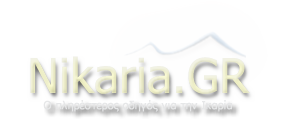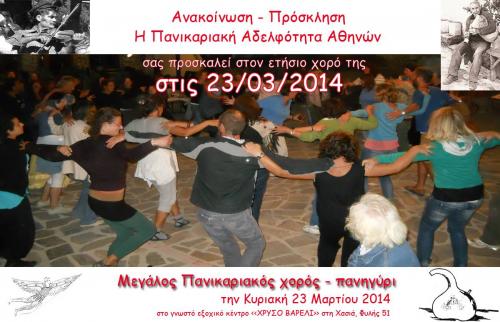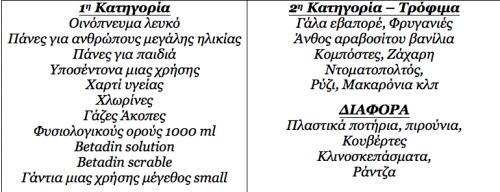Οδηγός για την Ικαρία
Η Ικαρία είναι νησί, Νοτιοδυτικά της Σάμου. Έχει πάρει το όνομά της από τον Ίκαρο. Είναι ένας τόπος
ιδανικός για τουρισμό, με πολλές δραστηριότητες, είτε θέλετε να χαλαρώσετε στην παραλία παίζοντας kino, είτε
θέλετε να απολαύσετε τους λαχταριστούς τοπικούς μεζέδες!
Υπάρχουν πολλά νησιά στην Ελλάδα, αλλά λίγα έχουν την ομορφιά της Ικαρίας.




